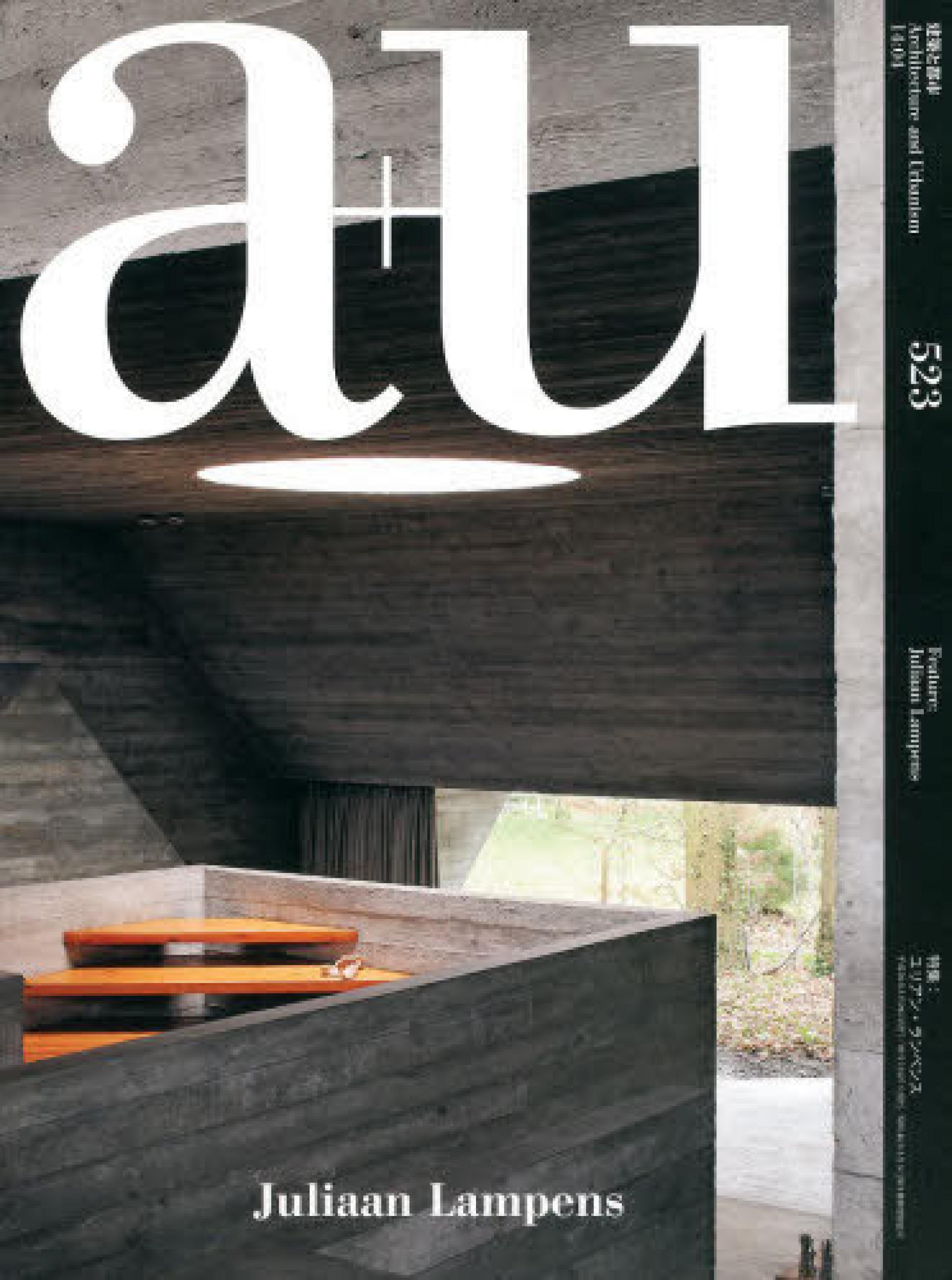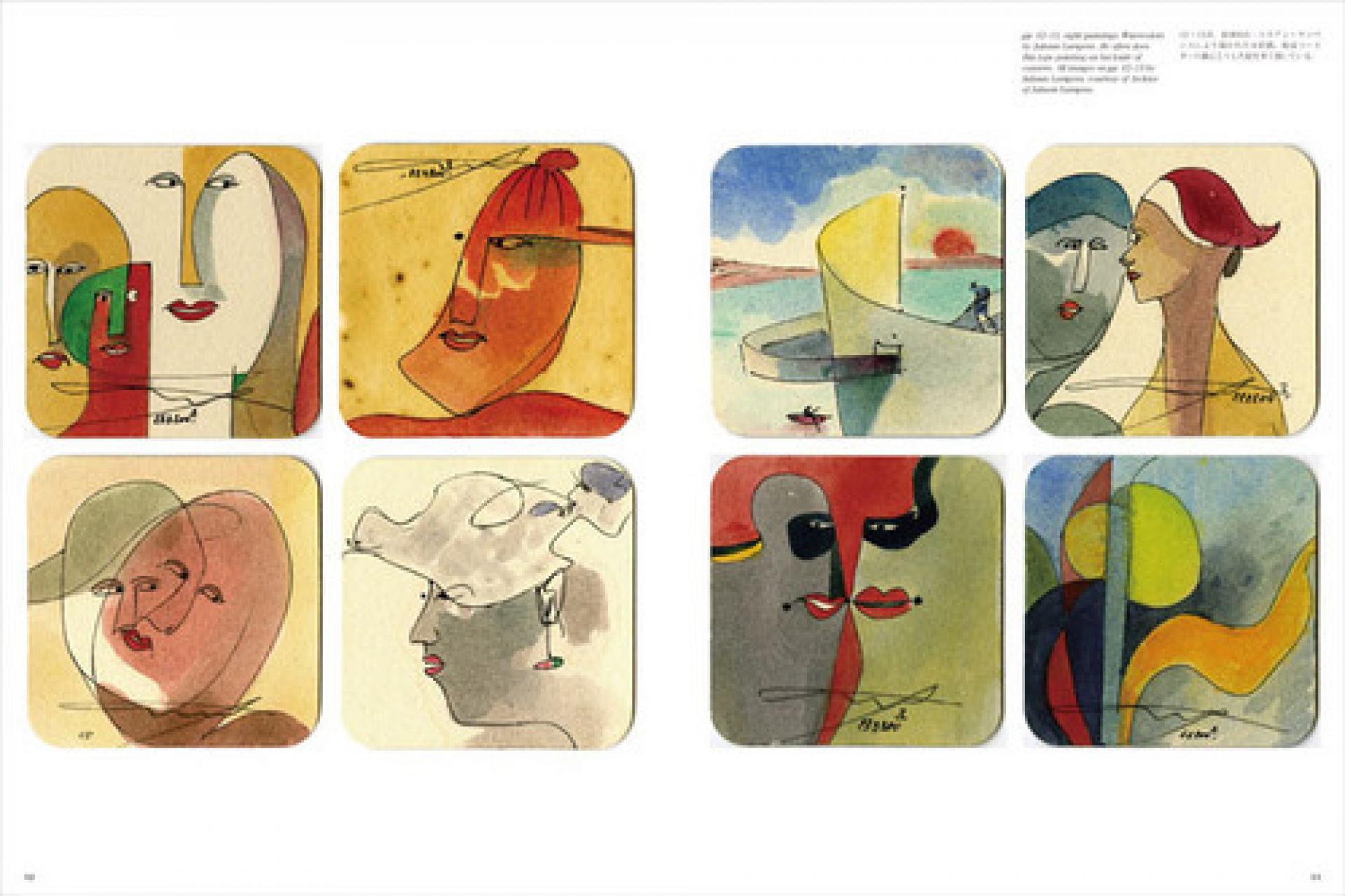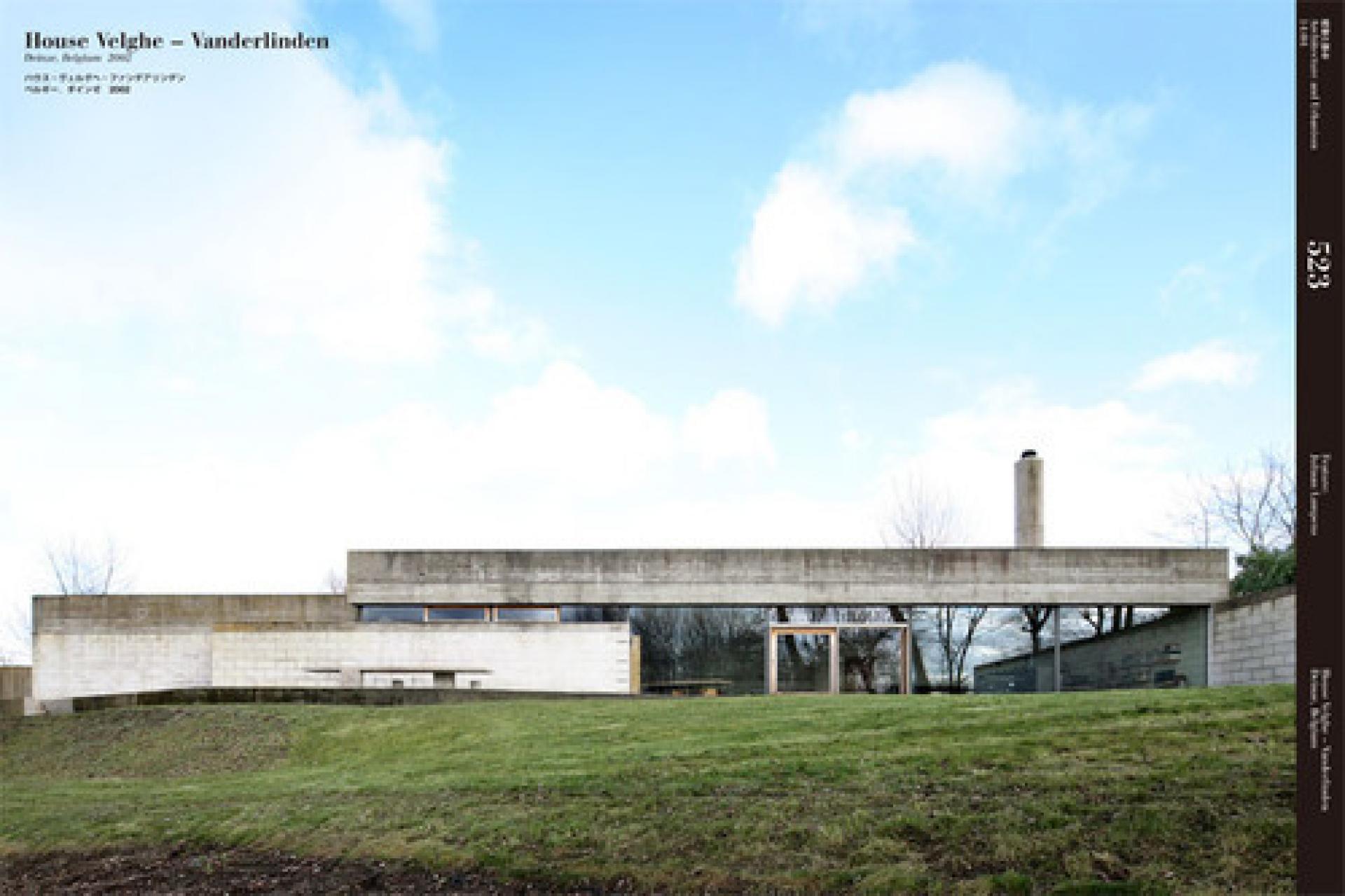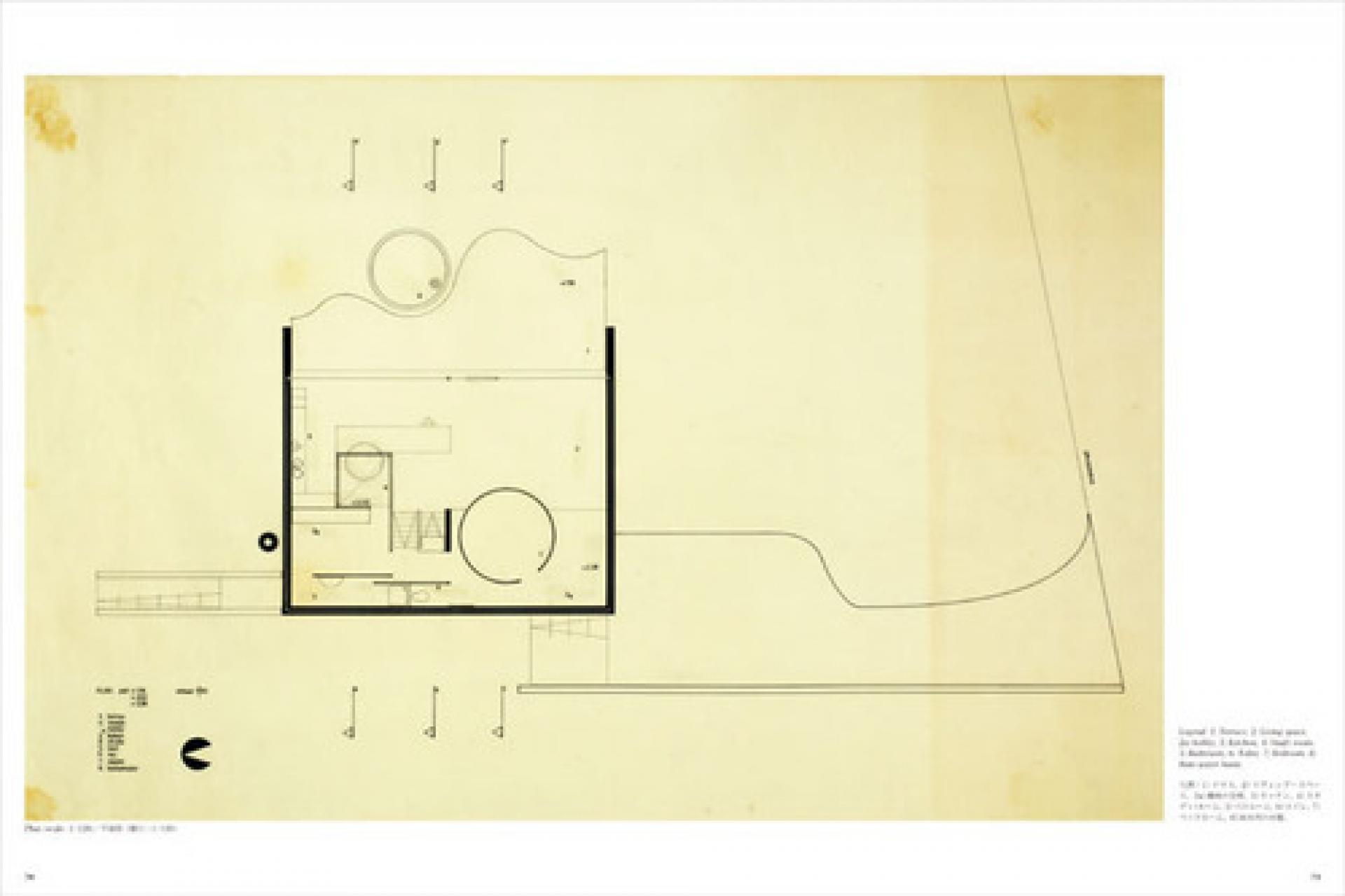Juliaan Lampens: Elegy To The Flemish Landscape
Feature: Juliaan Lampens, a+u 2014:04, number 523.

Many of us discovered Juliaan Lampens in 2010 with the publication of a great first monograph dedicated to the Belgian architect and perfectly edited by Angelique Campens. Surprisingly, there are interesting architects of the 20th century who are still unknown; people who built houses, libraries and churches but didn’t make it into the history books.
I will not discuss the reasons why Lampens did not become famous -
because this is related very well by Christophe Van Gerrewey and Fredie Floré in their essay for A+U, but I would like to try to understand the beauty of the images that are to be found in the magazine and the specificity of Lampens’ architecture.
Juliaan Lampens was born in 1926 in De Pinte, Belgium. He worked most of his career in the Flemish part of the country, teaching at the Sint-Lucas School of Architecture in Ghent and designing buildings in cities like Gavere (House Diane Lampens,1968 or House Derwael Thienpont ,1973), Oudenaarde (Kerselare Chapel, 1961-66), Sint-Martens-Latem (House Van Wassenhove, 1974) or Nazareth (House Juliaan Lampens - Van Hove, 1960, Public Library, 1970 and House Claus, 1973). If you look up those cities on a map you will discover that most of them are found in a radius of five to ten kilometers, with Lampens’ birth place somewhere in the middle of the circle. Compared to the starchitects who possess offices in London, Dubaï, Paris and Tokyo, Juliaan Lampens has worked on a very small territory, probably because of clients he found in his neighborhood, but also, because his architecture is directly connected to Flemish landscape. However, Lampens is not a regionalist, his architecture is as brutalist as anywhere in the 1970s, but still, I can’t imagine any of his constructions somewhere else (kudos by the way for the pictures in A+U). Now I should add, to justify my expertise, that this is the region where I was born and spent thirty years of my life.
I just said that Lampens is not a regionalist, which I mean in the sense that he is not producing pseudo-vernacular architecture to please some provincial clients or local politicians. There is a deep regional component in his works: the nature of the landscape in which he was born. You have to go to the south of Belgium to understand what I am saying here. The green is so deep there, the sky mostly grey and, if blue, always habited by heavy white clouds that are cut by the sun. Watch the paintings of any Flemish painter… It is humid and the earth is dark brown, loaded with water. It is never really cold, never extremely warm so that nothing will really dry. In that sense, Juliaan Lampens is a regionalist - a man with a territory, and the creator of an architecture that perfectly fits to it.

Detail of the Kerselare Chapel in Oudenaare.
There is, of course, also something in Lampens’ architecture from Claude Parent’s and Paul Virilio’s Sainte Bernadette Church in Nevers. Detailing is precise, but without manners or mannerism. The rough concrete, the “obliques” and the refusal of a classic (and easy) functionalism. Imagine for instance that you have to go to the toilet in a not completely closed space during a dinner ! It reminds us of the aesthetic and social experiments of the 1970s and the houses of Juliaan Lampens are not so much about constructing, but creating a simple roof and letting it merge with the landscape while creating unexpected life conditions for the families. You have to be fully dedicated to architecture to live in such a space.

House van Wassenhove via I Love Belgium
The photographs in A+U are humid, dark, cavernous - exactly like the Flemish weather. They are fascinating because they show those houses in their tired beauty, forty years after their completion. The photographs also depicts all the slow alterations and interactions of nature with architecture: moss on the concrete, grass that grows between the paving stones and the ivy on the dark brown bricks. The grey buildings with their massive wooden furniture are literally eaten by the different shades of green from the Belgian countryside. Lampens is the perfect proof that modern architecture is not about refusing the surroundings or applying some international dogmas, he shows us that you can be generous without being luxurious. The rest is a matter of taste and this publication (and the architecture it presents) fits mine.
Feature: Juliaan Lampens a+u 2014:04, number 523; 292mm x 219mm, English, Japanese, March 2014. ja+u (Japanese Architecture + Urbanism)



